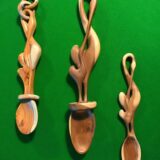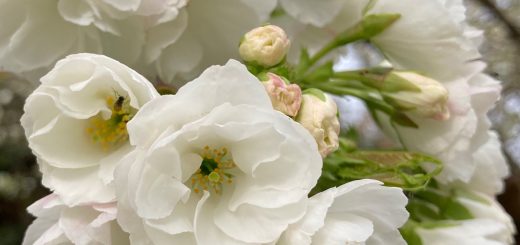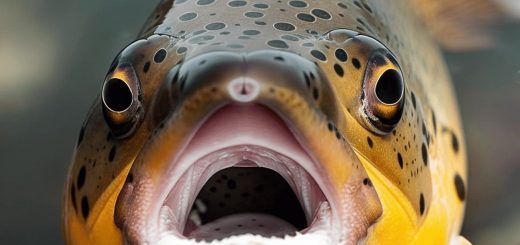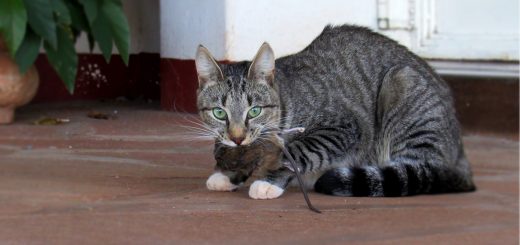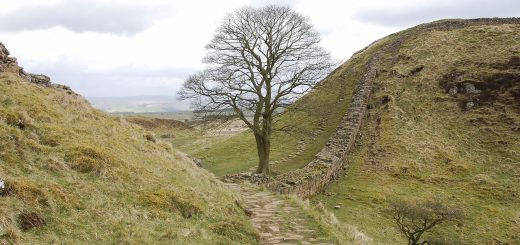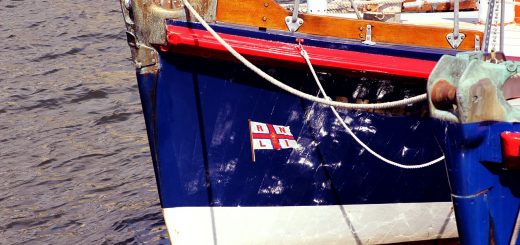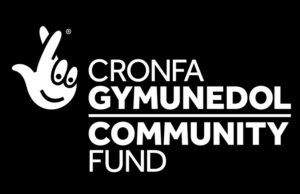Cherish – and Feed – Our Wildlife
.  As I write this at the end of the first week of March, the snow is falling outside the lounge window. Fat, fluffy flakes are starting to blanket the bird feeders as a bickering flock of starlings squabbles at the fat balls. It is unusual for coastal Pembrokeshire to experience snow, and, as I watched the grass turning from green to white, the excitement of childhood memories of pulling on red woollen gloves, rushing outside to stand in the falling snow with my tongue out to catch the flakes, and kneading snow into balls to throw at my siblings came to mind.
As I write this at the end of the first week of March, the snow is falling outside the lounge window. Fat, fluffy flakes are starting to blanket the bird feeders as a bickering flock of starlings squabbles at the fat balls. It is unusual for coastal Pembrokeshire to experience snow, and, as I watched the grass turning from green to white, the excitement of childhood memories of pulling on red woollen gloves, rushing outside to stand in the falling snow with my tongue out to catch the flakes, and kneading snow into balls to throw at my siblings came to mind.
Beautiful though the scene was, it was also a timely reminder of the struggle that wildlife faces when the weather is inclement. In the early spring we all love the appearance of the first seasonal flowers. However, while the welcome splashes of white, yellow and purple of snowdrops, daffodils, crocuses, primroses, winter aconites and violets that fill the countryside and gardens with colour suggest that winter is over and the good times are back, for much wildlife the hard times remain.
Insects and seeds are scarce and the crop of autumn berries is largely gone. Until the weather and the ground warm up and food becomes plentiful again, our garden wildlife will experience a hunger gap and will be very grateful for anything that we can provide to supplement their diets appropriately. But what is appropriate? What should we give them, and how are we to keep our furred and feathered friends healthy?

OLYMPUS DIGITAL CAMERA
During the autumn and winter months birds and active mammals require high-energy (high-saturated-fat) foods to maintain their fat reserves to keep them warm during frosty weather. Good-quality fat balls and fat-based food bars are suitable as are lard and beef suet, but used cooking fat, polyunsaturated margarines and vegetable oils should be avoided as, being oily, they can smear on birds’ plumage and clog the feathers making them lose their waterproofing.
Peanuts, crushed, grated or whole, are also popular foods for many birds (and mammals) as are black sunflower seeds and sunflower hearts. Nyjer seeds, being very small, require a special type of feeder, but they are high in fats and are particularly attractive to goldfinches, greenfinches, siskins and tits.  During the spring and summer when food is more plentiful and the need to keep warm is less crucial, the provision of fat-containing products is not so important, but it is still useful to supply suitable food, particularly when the young have hatched and chicks are being fed. However, loose peanuts and other bulky foods should be avoided as these risk choking young birds.
During the spring and summer when food is more plentiful and the need to keep warm is less crucial, the provision of fat-containing products is not so important, but it is still useful to supply suitable food, particularly when the young have hatched and chicks are being fed. However, loose peanuts and other bulky foods should be avoided as these risk choking young birds.
Also remember that all bird foods should be high quality, sourced from reputable suppliers, and selected to reduce waste discard in order to prevent possible health issues and the encouragement of rats. Providing clean, fresh water is, of course, important throughout the year both for drinking and also for bathing so that the birds can keep their plumage in tip-top condition.
Fresh water should be provided at least daily as it can soon get dirty, particularly if it is used as a swimming pool by a gang of grubby starlings or sparrows. It is vital for the health of your garden friends that all food and water containers are cleaned and disinfected regularly at least once a week, and that the area around the feeding platforms is kept clear of uneaten food, but remember to protect yourself from possible infection while doing so through the use of rubber gloves and careful washing.
Feeding stations where birds gather close to one another are ideal locations for the transfer of viral, bacterial and parasitic diseases, and the decline in the populations of some of our previously common garden bird species has been linked to such disease transference. As examples, the UK’s greenfinch numbers declined by 67% between 2007 and 2017 as a result of a continuing outbreak of trichomonosis, and ‘scaly foot’ is a widespread among chaffinches.  So, with all the health risks, time implications and financial costs, why should we still feed our garden wildlife? We should do so because there are huge benefits for both us and the wildlife. For many people who are housebound for whatever reason, the birdfeeder can bring a vital connection with the outside world and a comfort against loneliness. For all of us, to have a feeder just outside our window provides anopportunity to watch the antics of our garden wildlife undisturbed and at close quarters from the warmth and comfort of our own home. To do so helps us to fully appreciate the special beauty and individual characters of our visitors. How else is one to fully appreciate the subtle beauty of a sparrow’s plumage patterns, the difference between the eyes of the wood pigeon and the collared dove, and the flared wing aggressive display of the great tit?
So, with all the health risks, time implications and financial costs, why should we still feed our garden wildlife? We should do so because there are huge benefits for both us and the wildlife. For many people who are housebound for whatever reason, the birdfeeder can bring a vital connection with the outside world and a comfort against loneliness. For all of us, to have a feeder just outside our window provides anopportunity to watch the antics of our garden wildlife undisturbed and at close quarters from the warmth and comfort of our own home. To do so helps us to fully appreciate the special beauty and individual characters of our visitors. How else is one to fully appreciate the subtle beauty of a sparrow’s plumage patterns, the difference between the eyes of the wood pigeon and the collared dove, and the flared wing aggressive display of the great tit?
With that deeper knowledge and understanding comes care and concern and a desire for their protection. It can also provide an insight into the secret world of nature as a sparrowhawk swoops in to snatch a small bird in a cloud of feathers and a flash of a golden eye, or if one watches the rooting of a badger or hedgehog in the light of a torch shone through the window at night.
In urban environments, where concrete, tarmac and human disturbance can be a challenge to the lives of the displaced wildlife, gardens and bird feeders can provide the key to their continuing existence. In contrast one might have thought that rural bird populations would be in good heart and would not need supplementary feeding, but that is far from the truth. In many parts of the country, including Pembrokeshire, intensive agricultural practices have dramatically reduced the availability of natural food and supplementary feeding is as necessary as in urban environments.
Indeed, research by the RSPB and the BTO has shown that bird populations in cities are often at higher levels than in many parts of the countryside as a result of the higher biodiversity in gardens and parks and the food that city dwellers put out.
Please continue to feed our wildlife and enjoy their presence in our lives but please do so safely for their sakes and your own. Wishing you a wonderful spring!
© David Gardner 2023
Look out for more beautiful bird images from David, coming soon.

David Gardner
Please note that all the images displayed here are protected by copyright and we have David’s kind permission to use them. David Gardner has a background in the environmental and conservation fields having been, inter alia, a salmon and trout farm manager, fisheries and conservation manager with the National Rivers Authority, and chairman of the Wildlife Trust of South and West Wales. He is also a dealer in art and antiques, which must go some way to explaining what a great eye he has for creating beautiful images of the world around us. He can supply high-quality prints of these and other images to order, and he is happy to accept commissions if you have special subjects in mind.
Photographs © David Gardner
Contact him at David4Rugs@aol.com
Website: https://davidgardnerphotography.com
Or on his Facebook pages https://www.facebook.com/Piscesenvironmentalservices/










